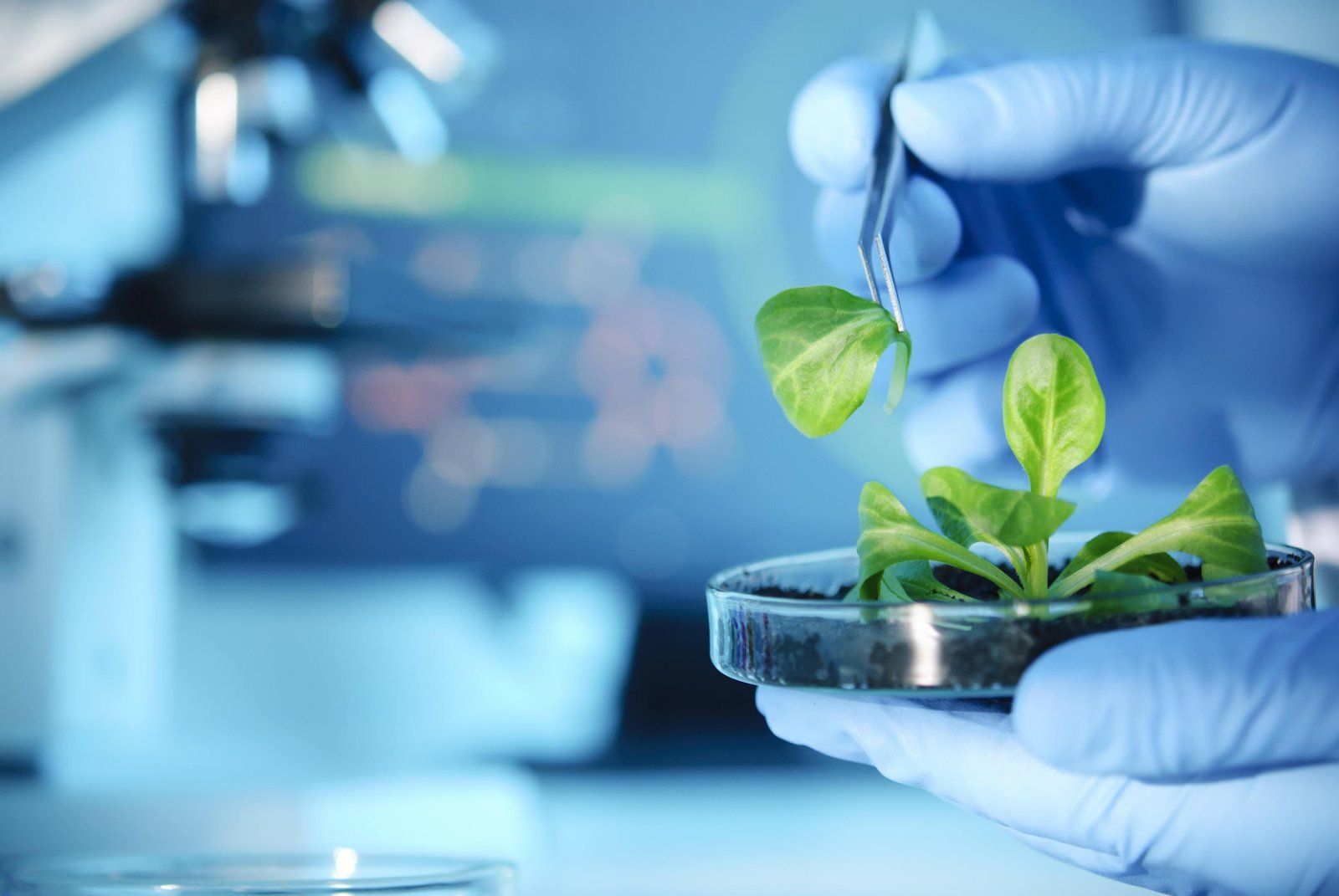The Rise of Bioengineering: Merging biology and engineering for groundbreaking solutions.
Engineering · Apr 24, 2024The article explores the rise of bioengineering, highlighting its fusion of biology and engineering to produce groundbreaking solutions across various fields. From regenerative medicine and personalized pharmaceuticals to agricultural innovation and environmental remediation, bioengineering promises to revolutionize how we tackle complex challenges and shape the future of human progress.

The current developments in the field of science and technology have facilitated the steady rise in a specific discipline, offering great potential in revolutionizing our approach to addressing some of the most pressing concerns humanity faces today. A fusion of the terms biology and engineering, bioengineering emerged as a powerhouse discipline capable of delivering innovative solutions to transform the realms of healthcare, agriculture, climate health-friendliness of industrial equipment usage, and much more.
Assessing the fundamentals behind bioengineering, something becomes immediately obvious – this science relies on living organisms, cells, and biological systems that engineering principles meld into novel technologies.
Regenerative medicine is undoubtedly one of the most incredible achievements of bioengineering. Bioengineers discovered methods for tissue engineering to produce artificial organs and tissues that could be transferred to patients. This area of science holds great promise, as it has the potential to partially resolve the shortage of donor organs and the risk of rejection. The ability to engineer tissues that have the same complex composition and properties as native tissues is demonstrating to us a future where organ failure will no longer be a terminal condition.
Additionally, bioengineers could revolutionize the pharmaceutical and drug development industries. By utilizing such tools as genetic engineering and synthetic biology, they would be able to create individualized medicine for each patient based on their genetic profile. This approach not only increases efficacy but also would greatly reduces side effects. Bioengineering is transforming crop improvement and food production in agriculture. Scientists use genetic modification techniques to develop crop plants that can produce large amounts of output with higher nutrient levels and more resistance to pests and diseases. Bioengineers use this technique to create plants that can thrive in earth climates, contributing to global food security and safety goals.
Bioengineering is also useful in environmental protection and recovery. Bioengineers use natural microorganisms implanted with genes from other species to bioengineer microbes that can metabolize pollutants. They can digest soil and water polluted by chemical or organic substances, such as oil or pesticides. They can also be used as an economically viable and environmentally safe method for cleaning up these contaminated regions. Moreover, genetically engineered roger organisms that generate biofuels from renewable resources could lessen the world’s reliance on fossil fuels and assist in reducing global emissions.
Biotechnology is also raising serious ethical and social issues that need to be solved. Concerns relating to genetic engineering, biosecurity as well as possible misuse of biotechnology underline the significance of careful investigation and control. In conclusion, the establishment of ethical guidelines and safeguards by bioengineers and policymakers is very crucial to ensure that these technologies are employed in the best interests of humankind.
However, bioengineering’s future looks more promising than ever. This will bring about limitless opportunities with a fast-paced evolution in gene editing, synthetic biology, and biomaterials among others. Bioengineering offers solutions for issues such as diseases and environmental protection that now seem impossible to solve.
Hence bioengineering will continue to shape human progress over the coming decades as we stand at the threshold of a new era coterminous from biology with engineering. As natural power is married to the state-of-the-art technology by these professionals over generations, they are making their way towards a healthier tomorrow for their children.
© Copyright 2025 Insurerity Digital Ltd. (“Insurerity”) and the Insurerity logo are registered trademarks.
All product illustrations on this website may not be indicative of the actual product and are for illustrative purposes only.
Insurerity Digital Ltd. is registered and certified by the Data Protection Commission of Ghana (DPC) under the Data Protection Act, 2012 (Act 843).
Use of Insurerity Digital Ltd. products and services are subject to the Terms of Service and Privacy Policy.
Insuredem is an affiliate of Insurerity Digital Ltd. that provides white label B2C insurance technology solutions to insurance brokers, agents, and insurers.
Insurerity Digital Ltd. is not licensed to provide actual insurance brokerage, agency, or insurance services, and is not a licensed insurance organisation. Insurerity Digital Ltd. only provides technology and services to insurance brokers, agents, and insurers.
